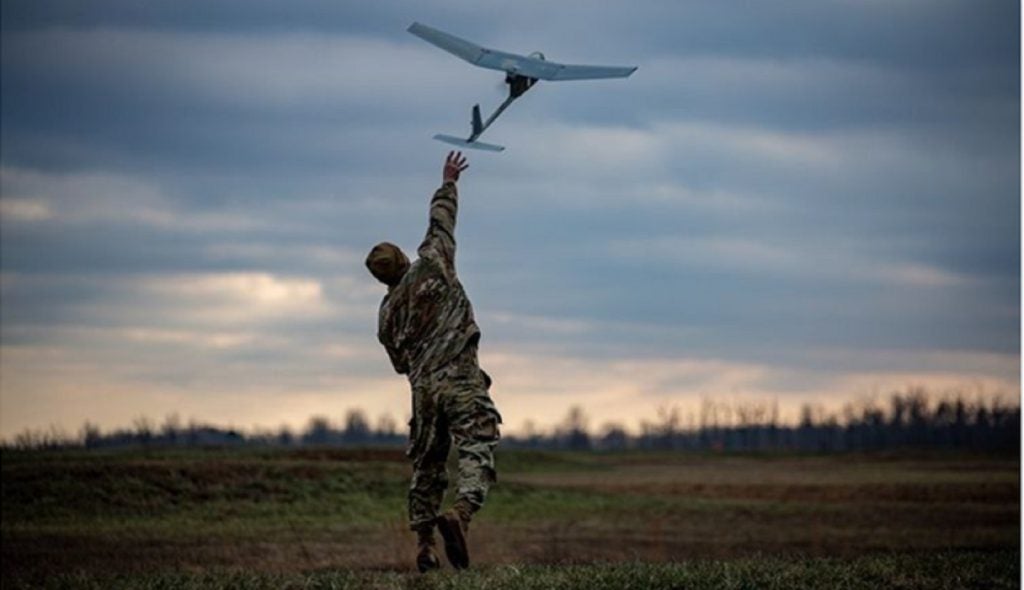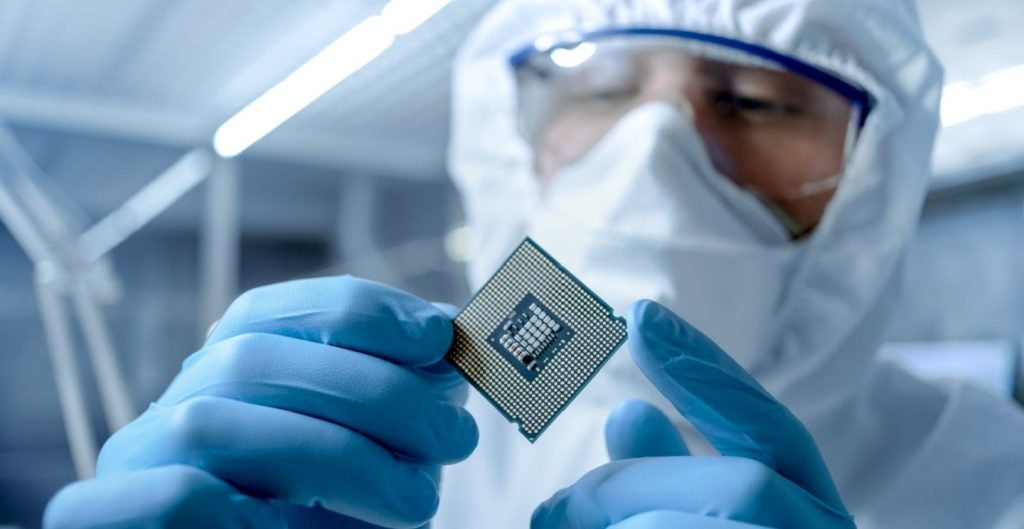American defence contractor AeroVironment has announced it has acquired Tomahawk Robotics for $120m.
The Florida-based company is a leader in artificial intelligence (AI) enabled robotic control systems – a valuable asset that modern armed forces need to integrate all their personnel, vehicles and systems into a coherent fighting force.
Leveraging Tomahawk’s AI solutions
The rationale behind the deal is for the buyer to enable its customers to operate various connected robotic solutions in the battlefield and share information between multiple domains with one common controller.
In October last year AeroVironment struck an agreement to connect its family of small unmanned aerial systems (sUAS) – including the Raven B and Puma AE – with Tomahawk’s Kinesis AI-enabled ecosystem.
Now, AeroVironment hopes to build on this by leveraging the Kinesis platform for its other products, such as the Crysalis operating system.
“This means pairing the best common controller technology with the most ubiquitous unmanned systems on the market today,” AeroVironment’s Senior Vice President of Unmanned Systems Trace Stevenson stated.
“Tomahawk Robotics’ solutions will accelerate our adoption and implementation of AI and autonomy into AeroVironment platforms,” continued Stevenson.
“We’re confident that the combined experience and expertise of our two teams will result in a variety of unmatched unmanned expeditionary vehicles that meet our customers’ emerging needs and exacting standards.”
Manned-unmanned teaming
GlobalData aerospace and defence analyst Tristan Sauer explained: “Growing demand for Manned-Unmanned Teaming (MUM-T) capabilities is generating significant investment throughout the global defence sector as the prominent and effective employment of UAS platforms throughout the conflict in Ukraine drives demand for more efficient and adaptive unmanned systems.
“Due to their comparatively low acquisition and MRO costs, sUAS platforms are a particular focus in this domain due to tactical and strategic benefits of Low Cost Unmanned Swarm Technologies, in which large formations of ‘expendable’ UASs are deployed en-masse to overwhelm air defence and C-UAS systems, an approach against which there are currently few efficient countermeasures.
“The potential for rapid progress in this domain is reflected by the widespread use of networked commercial drones for entertainment and logistical support purposes. However, the added complexity of networking by ISR or precision strike systems vis-à-vis more time-sensitive data such as target identification/classification and weapons employment, as well as the need to ‘harden’ military platforms against Electronic Warfare and other EMS threats, has meant that current MUM-T capabilities remain relatively basic in their current form.
“Nevertheless, as demonstrated by the US DoD’s Project Convergence exercises bringing together the latest autonomous systems for field testing, future MUM-T capabilities will bring transformative change to the battlefield with regards to overall situational awareness, transparency and lethality for any armed force capable of using them effectively.”
Our signals coverage is powered by GlobalData’s Disruptor data, which tracks all major deals, patents, company filings, hiring patterns and social media buzz across our sectors. These signals help us to uncover key innovation areas in the sector and the themes that drive them. They tell us about the topics on the minds of business leaders and investors, and indicate where leading companies are focusing their investment, deal-making and R&D efforts.











